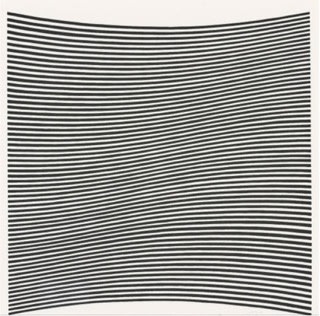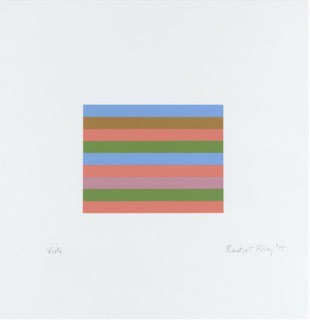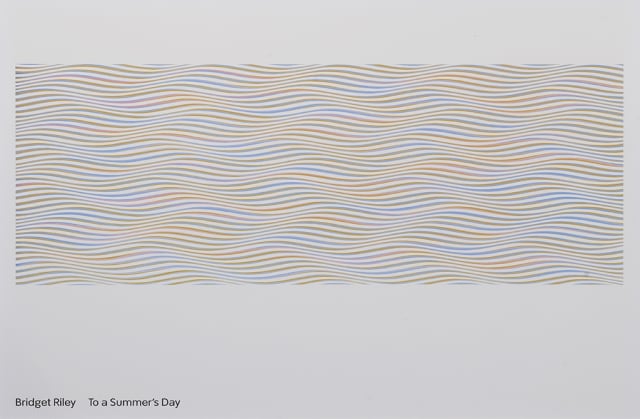Bridget Riley
Bridget Riley, a British artist born on April 24, 1931, is renowned for her pioneering contributions to the Op Art movement. Her exceptional talent for harnessing the power of optical illusion and abstraction has left an indelible mark on the world of contemporary art. Through her striking compositions, Riley has managed to captivate audiences and challenge the way they perceive the world around them.
Riley's early artistic endeavors were rooted in figurative painting, but it was during the 1960s that she embarked on a transformative journey into the realm of abstraction. Her groundbreaking works from this period are characterized by meticulously structured patterns of black and white, utilizing geometric shapes and lines with mathematical precision. These works often created the illusion of movement and depth, engaging viewers in an immersive visual experience that defied traditional notions of static art.
One of Riley's most iconic works, "Movement in Squares" (1961), exemplifies her mastery of optical illusion. In this piece, squares seem to pulsate and ripple, drawing the viewer into a dynamic dance of shapes and colors. Her ability to elicit visceral responses through pure abstraction marks her as a true innovator in the art world.
Throughout her career, Bridget Riley's palette expanded to include a rich array of colors, allowing her to explore the interplay between hue and form. Her works from the 1970s and beyond continued to challenge perceptual boundaries, demonstrating an evolution in her style and technique while staying true to her commitment to visual experimentation.





